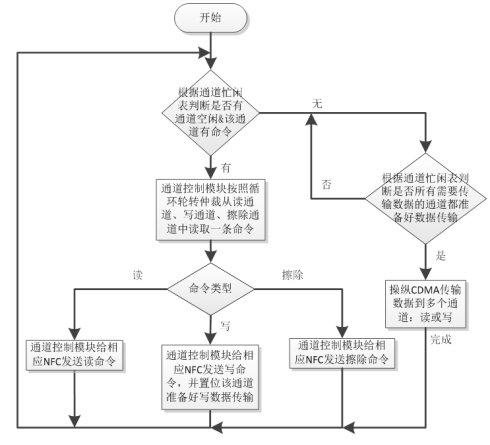Given the increasing complexity of AI applications, traditional spatial architectures frequently fall short. Our analysis identifies a pattern of interconnected, multi-faceted tasks encompassing both AI and general computational processes. In response, we have conceptualized "Orchestrated AI Workflows," an approach that integrates various tasks with logic-driven decisions into dynamic, sophisticated workflows. Specifically, we find that the intrinsic Dual Dynamicity of Orchestrated AI Workflows, namely dynamic execution times and frequencies of Task Blocks, can be effectively represented using the Orchestrated Workflow Graph. Furthermore, the intrinsic Dual Dynamicity poses challenges to existing spatial architecture, namely Indiscriminate Resource Allocation, Reactive Load Rebalancing, and Contagious PEA Idleness. To overcome these challenges, we present Octopus, a scale-out spatial architecture and a suite of advanced scheduling strategies optimized for executing Orchestrated AI Workflows, such as the Discriminate Dual-Scheduling Mechanism, Adaptive TBU Scheduling Strategy, and Proactive Cluster Scheduling Strategy. Our evaluations demonstrate that Octopus significantly outperforms traditional architectures in handling the dynamic demands of Orchestrated AI Workflows, and possesses robust scalability in large scale hardware such as wafer-scale chip.
翻译:暂无翻译




